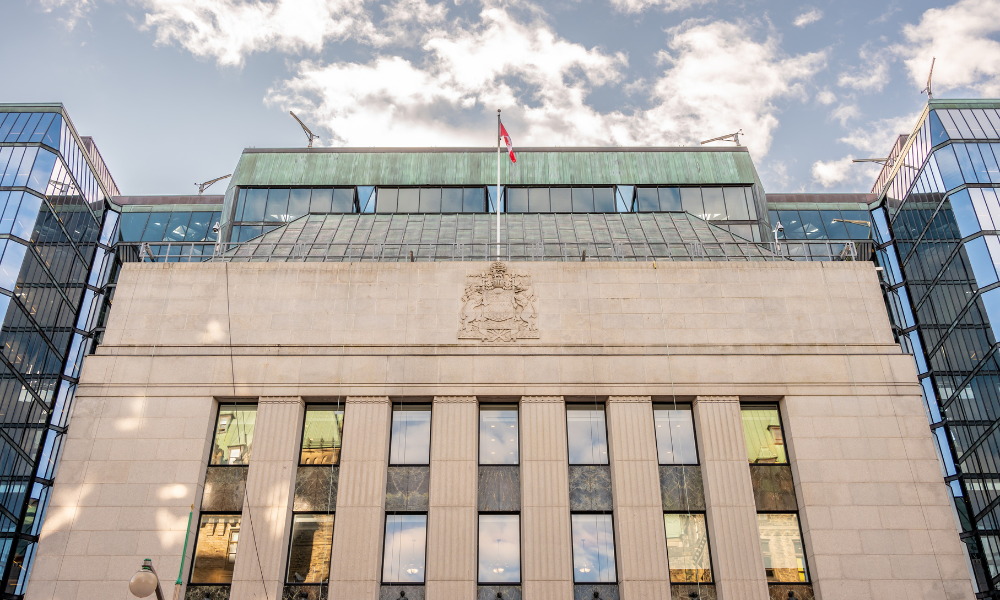Policymakers say the bank would have held interest rate at 3% if not for US trade uncertainty

The Bank of Canada considered pausing its interest rate easing cycle earlier this month but proceeded with a cut due to elevated uncertainty around US tariffs, according to the central bank’s Summary of Deliberations released Wednesday.
On March 12, the governing council reduced the policy rate by a quarter-point to 2.75 percent.
According to BNN Bloomberg, the decision followed US President Donald Trump’s imposition of blanket tariffs on Canadian goods. A new wave of tariffs targeted steel and aluminum imports.
More tariff deadlines were approaching, including auto tariffs expected later that day and additional measures set for April 2.
The deliberations noted that the Canadian economy had outperformed expectations heading into 2025, a condition that might have supported a rate hold after six consecutive cuts.
However, governing council members acknowledged that tariff threats had already “sharply” weakened business and consumer confidence.
According to the summary, new data around tariffs had “shifted the balance” for policymakers, reducing concern that inflation would fall below the two percent target.
While price hikes were anticipated, the pace at which they would affect consumers remained uncertain.
The deliberations stated that “in the absence of tariff threats and elevated uncertainty, the decision would probably have been to maintain the policy interest rate at three percent.”
Some council members believed a rate hold could “still be appropriate” pending clarity on how the trade conflict would affect the Canadian economy. Others argued the uncertainty already justified a cut.
The council ultimately agreed that a “clearly weakening” outlook and evidence that inflation was well contained warranted a quarter-point cut to support Canadians amid ongoing uncertainty.
The summary added that “governing council agreed to proceed carefully with further changes to monetary policy.”
Bank of Canada Governor Tiff Macklem indicated in a March 20 speech that the central bank would adjust its approach to setting interest rates, focusing on a benchmark rate that reflects the range of risks facing Canada.
He noted the bank might forgo offering a central economic projection in the upcoming monetary policy report, also scheduled for April 16.
Benjamin Reitzes, BMO’s managing director of Canadian rates and macro strategist, wrote in a client note that the deliberations had a “hawkish” tone, suggesting the central bank leaned toward maintaining higher rates.
Reitzes observed that while further cuts are possible if the trade situation deteriorates, the Bank of Canada’s focus on inflation containment would limit the extent of future reductions.
February’s inflation report, showing a rise to 2.6 percent following the end of Ottawa’s temporary tax holiday, “has surely gotten the BoC’s attention,” Reitzes said, adding that it will “only reinforce its hawkish bias.”
The Bank of Canada’s next rate decision and monetary policy report are scheduled for April 16.



